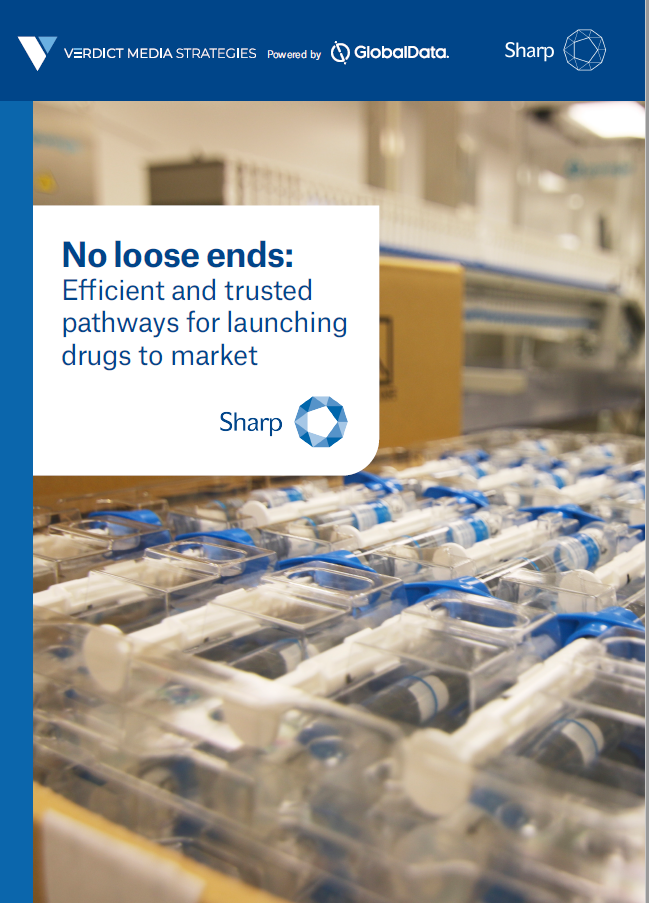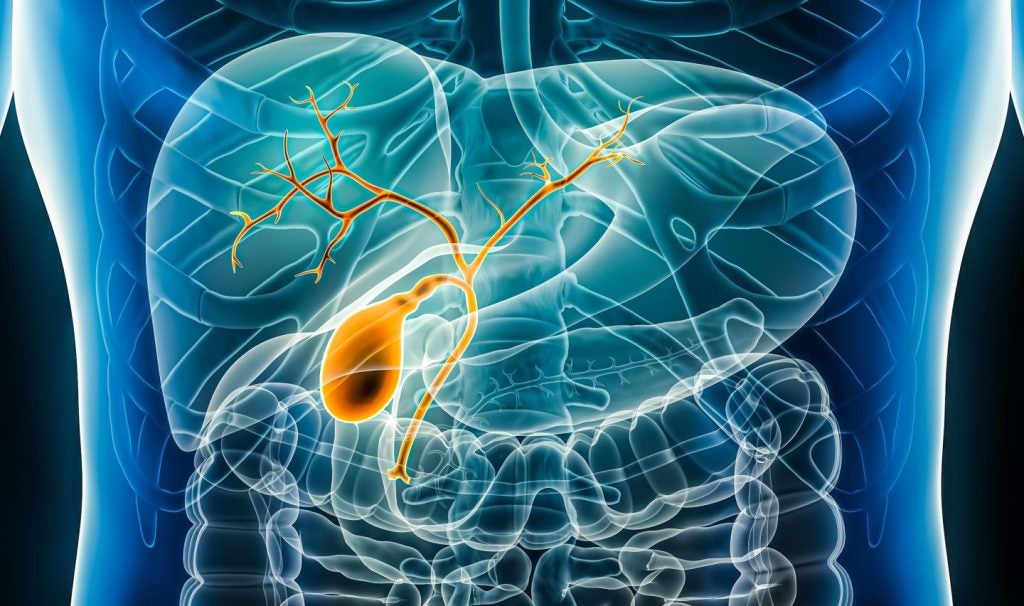lo·gis·tics
/l?’jistiks/
“the detailed coordination of a complex operation involving many people, facilities, [and/]or supplies.” (1)
It is important to understand the word's language(s) of origin, which could help us better understand the art of what we do. According to Merriam-Webster, “[b]oth logic and logistics ultimately derive from the Greek logos, meaning ‘reason’." But while logic derives directly from Greek, logistics took a longer route, first passing into French as ‘logistique,’ meaning ‘art of calculating,’ and then into English from there. Its first known use is believed to have been circa 1861 (2).
In our experience, three criteria, at a minimum, need to be met to achieve best practice in clinical supply logistics:
How well do you really know your competitors?
Access the most comprehensive Company Profiles on the market, powered by GlobalData. Save hours of research. Gain competitive edge.

Thank you!
Your download email will arrive shortly
Not ready to buy yet? Download a free sample
We are confident about the unique quality of our Company Profiles. However, we want you to make the most beneficial decision for your business, so we offer a free sample that you can download by submitting the below form
By GlobalDataSee Also:
- Battle-tested with full-accountability
- Widely tested by various companies with differing business models, diverse sizes, and cultural environments
- Proven success with no disruption to supply
Naturally, there is no one size fits all formula/playbook, but the core guiding principles are the same. What follows in this article is a lessons learned account drawing on our personal experience working in the biotech/pharma industries for 10-plus companies.
Technically, there are three types of shipment categories: bulk, site and patient (direct-to-patient), and returns. Each type of shipment is a critical piece in a successful clinical trial, and each pose its own challenges, from the risks incurred in handling multimillion-dollar shipments, to frequent time-sensitive shipments.
Each challenge will be systematically broken down using the five Ws and H approach, listing critical criteria to consider, while providing actionable information for readers to achieve flawless execution. Additionally, we will also provide advice for readers on how to foolproof their logistics. What’s key to ensure is having the discipline to follow through on each step of the way, after all, your supply chain is only as strong as its weakest link. One wrong move can cause disruption, and you would be accountable for any delays. Therefore, don't let anything happen by chance.
Challenge Your Base Assumptions
Material
First, it’s critical to know what you are shipping for regulatory, compliance, and safety-handling purposes:
- Safety Data Sheet
- Harmonized Tariff Schedule
- Approved DEA Quota/DEA223 License/DEA222 for controlled substances
Conditions
Next, it’s critical to know the shipping and storage conditions of your material, as well as the acceptable temperature excursion parameters. Be sure your chemistry, manufacturing and controls (CMC) department has conducted a freeze-thaw study.
Controls
- Once you know your requirements, identify the appropriate controls, such as:
- Temperature monitor settings (type/model, maximum/minimum, interval, etc.) for shipment and home storage
- Temperature controlled transporter and shipping containers – It’s important to reserve this ahead of time due to availability
- Recorded temperature data
- Validated shippers with thermal cycles
TIPS: For a temperature controlled shipments, it is critical to verify the exact temperature control settings prior to your shipment to pre-empt a Murphy’s Law scenario.
Required Documentation
Following is a list of documents for bulk, site/patient, and return shipments. For each shipment, ensure the import/export requirements are met:
- Packing list (Blinded, DEA Exception Letter, if applicable)
- Customs Invoice
- Declare Customs Value
- End User Letter
- Shipment Tracking Number
- Transmissible Spongiform Encephalopathy / Bovine Spongiform Encephalopathy
- Toxic Substances Control Act
- Local country regulatory requirements
- Import/Export License – This could take a few months to obtain, and may havean expiry date
- Stakeholders (Shipper, Carrier, and Recipient) requirements
- Returns requirements
Supply & Demand – How Much Do We Need?
Always determine what your shipping strategy is. Much depends greatly on the study design, packaging and labeling configurations, and the availability of supply. Make a note of the following factors for consideration:
- Study design (e.g. open label/blinded, randomized, titration, etc.)
- Unit Count
- Dose regimen
- Packaging and labeling configuration – Determine whether you will use just-in-time labeling. Furthermore, consider whether you need an IMP label containing multiple languages
- Comparators – central source or local source?
- Ancillary supplies – It is best advised your site/CRO manage this aspect of demand
- Compatible devices
- Number of subjects, sites, and countries
- Estimate drop-out percentage
- Treatment duration
TIPS: Label a small quantity of your IMP for your first three approved countries, thereby minimizing any impact on your FPI date, R&D milestone, and company goal
Building Reliable Systems
It’s important to build reliable systems, while understanding your system’s limitation and timing. If you decide to use an interactive response technology (IRT) system, consider the following factors:
- Initial seeding inventory and resupply quantities
- Predictive and threshold settings
- Frequency
- Dispense dates
TIPS: Implement self-adjustable features during the design phase, so you won’t need to submit a Data Change Form to your IRT vendor in the event site demands change. Furthermore, map out your system’s timing between input and output. This will allow you to align your request submission time with your distributor shipping schedule.
Additionally, align your IRT automatic system shipment requests while conducting a holistic end-to-end User Acceptance Test (UAT). All systems should be fully-tested from IRT to distributor prior to your first site initiation visit (SIV), as you don’t want to impact your R&D milestone.
Key Timelines and Dates
- Know your drop-dead deliverable date and when to avoid shipments
- Site Initiation Visits
- First patient in and last patient out dates
- Enrollment rates – continuously adjust with real-time data
- Patient visit dates
- Timing of site and country approvals (realistic)
- IMP expiry date and the next resupply availability
- Expiry Extension – factor in the timing of next available stability date, and determine who has the capability to conduct the expiry extension (i.e. sub-depot, study site)
- Timing of Qualified Person release for EU countries and latest required documentation
- Avoid local holiday seasons (e.g. late-December to early-January timeframe for U.S.)
- Hurricane seasons
- Know your vendor’s standard workdays (e.g. Israel: Sunday to Thursday)
- Pick-up and delivery windows
3 Ways to Combat Risk
In addition to the standard operations, ensure all shipment documents are accurate and reviewed by all stakeholders. Here are three considerations that will help to combat any risks:
- 24/7 support to address any issue immediately (factor in different time zones)
- Set-up automatic alerts – having a real-time status of your shipment will allow you to act quickly to unforeseen events
- Use metrics to determine and eliminate your weakest link
Conclusion
Knowing what you know is only a piece of a puzzle. While it’s good to be assured in the knowledge that you possess, have an open mind and learn what you don’t know. Have the discipline to follow through on each step of the process.
About the Authors:
Shell Lee has diverse experience across all phases of development, commercial and CMO. He has worked for multiple biotech/pharma companies, managing clinical supply in therapeutic areas, such as ADHD, Cardiovascular, Oncology, and HIV/AIDS. Shell holds two bachelor’s degrees in Packaging Engineering, and Ceramic Engineering from Rutgers University. He also has an MBA from the University of San Francisco's Executive MBA program, and is Lean Six Sigma certified from the Rutgers School of Business.
Xiaomin Chen is an MBA candidate in New York University, Stern School of Business. She previously completed a Master’s degree in Pharmaceutical Sciences from the State University of New York, University at Buffalo. She has since advanced professionally in a number of global pharmaceutical/biotech companies in clinical development. Previously, she led 50 cross-functional team members in over 14 countries for a complex Phase III clinical trial.
References:
1) https://www.google.com/?gws_rd=ssl&safe=active&ssui=on#safe=active&q=logistics+definition
2) https://www.merriam-webster.com/dictionary/logistics






